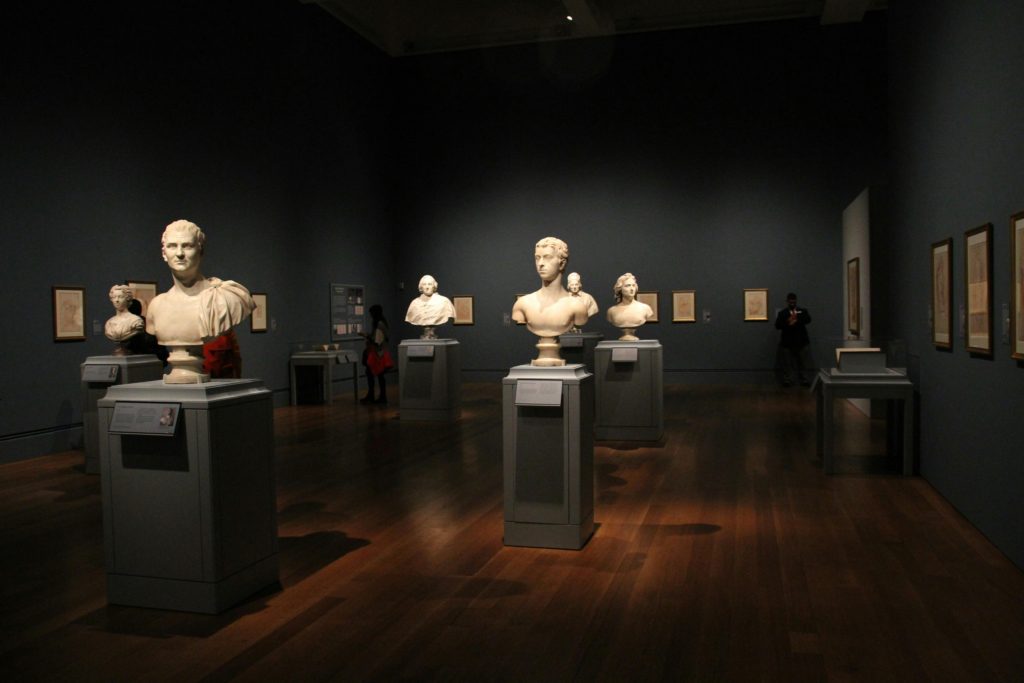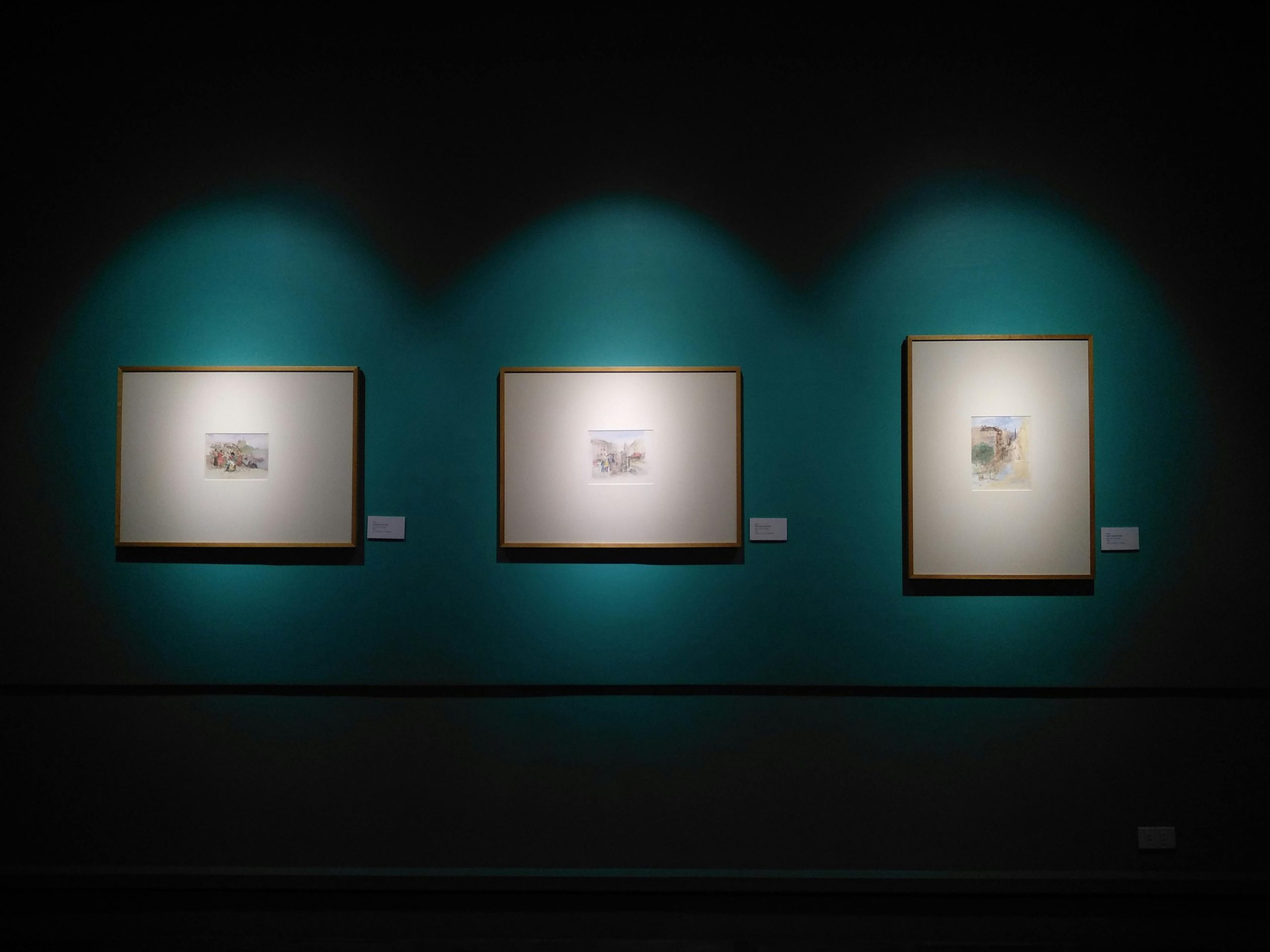Virtual Tours for Museums
Cultural institutions worldwide have embraced digital innovation as essential tools for expanding educational reach, increasing accessibility, and engaging diverse audiences in an increasingly connected world. Museum virtual tours provide immersive experiences that showcase collections, exhibitions, and educational programs while building cultural appreciation and driving physical visitation. These powerful digital platforms have become crucial for museums adapting to changing visitor expectations and global accessibility demands.
The cultural sector has experienced significant disruption from digital technology, with visitors expecting comprehensive online access to cultural resources before and after museum visits. Virtual tours provide detailed collection information and immersive experiences that complement physical visits while serving global audiences unable to travel to museum locations.
Museum virtual tours serve diverse audiences with varying cultural interests and educational needs. Students and educators seek curriculum-relevant content and educational resources. Researchers require detailed collection access and scholarly information. Tourists want comprehensive museum previews to plan visits and prioritize exhibitions. Cultural enthusiasts desire deep exploration of collections and artistic movements that may not be possible during brief physical visits.
Why Museums Need Virtual Tours
The competitive cultural landscape requires museums to differentiate themselves through innovative programming and comprehensive audience engagement. Museum virtual tours showcase museum advantages including unique collections, special exhibitions, and educational programs that influence visitor choice and cultural participation in crowded cultural markets.
Educational institutions increasingly integrate digital cultural resources into curriculum planning and classroom instruction. Virtual tours provide accessible museum content that teachers can incorporate into lesson plans while students explore cultural collections without field trip logistics and expense considerations.
Global accessibility represents a fundamental mission for many cultural institutions seeking to democratize cultural access and education. Virtual tours eliminate geographic barriers while providing comprehensive museum experiences to international audiences, mobility-limited visitors, and underserved communities lacking local cultural resources.
Cultural preservation and documentation require museums to maintain permanent records of collections, exhibitions, and institutional history. Virtual tours provide valuable archival documentation that preserves cultural information and makes it accessible for future generations and scholarly research.
What Our Museum Virtual Tours Showcase
Our comprehensive museum virtual tours capture every aspect of your institution that influences cultural appreciation and visitor engagement. Permanent collection galleries receive detailed coverage, showcasing artwork, artifacts, and specimens with high-resolution imagery that reveals details often missed during physical visits. We highlight museum organization, curatorial themes, and educational information that enhances visitor understanding and appreciation.
Special exhibitions and temporary displays are photographed to document important cultural events and provide ongoing access to time-limited presentations. We capture exhibition design, interpretive materials, and unique installations that demonstrate museum programming and curatorial excellence.
Educational and interactive areas showcase museum commitment to learning and public engagement. We photograph classrooms, hands-on learning spaces, digital interactive stations, and educational programs that demonstrate museum resources for students, families, and lifelong learners.
Museum architecture and building design often represent significant cultural and historical value that enhances overall visitor experience. We capture architectural details, historic significance, and spatial design that provide context for collections while highlighting museum environment and atmosphere.
Research facilities and behind-the-scenes areas can be showcased to demonstrate museum scholarship and conservation efforts. Archives, conservation labs, and research libraries show museum commitment to cultural preservation and academic excellence that supports collection quality and educational programming.
Museum Virtual Tour Benefits for Museums
Museum virtual tours significantly expand museum reach by providing global access to collections and exhibitions. International researchers, students, and cultural enthusiasts can explore museum resources without travel requirements, expanding museum influence and educational impact far beyond physical visitor capacity.
Educational programming effectiveness improves when teachers and students can preview museum content before field trips or integrate virtual museum visits into classroom instruction. Virtual tours support curriculum planning while providing ongoing educational resources that extend learning beyond single museum visits.
Visitor preparation and engagement improve when guests can explore museum layouts and exhibitions before visits. Familiar surroundings allow visitors to maximize limited visit time by focusing on priority collections and exhibitions while reducing navigation confusion in large museum facilities.
Marketing effectiveness increases across all channels when virtual tours are integrated into museum websites, educational outreach, and cultural programming. The rich visual content engages audiences more effectively than basic collection information while providing search engine optimization benefits that improve online discoverability.
Educational Applications and Curriculum Integration
Museum virtual tours support diverse educational applications across age groups and academic disciplines. Elementary students can explore natural history collections, art appreciation, and cultural diversity through immersive experiences that bring learning to life. Secondary students can access specialized collections for research projects and advanced coursework that may not be available in local educational resources.
University partnerships and scholarly research benefit from virtual tours that provide detailed collection access for academic study and research projects. Graduate students, faculty researchers, and international scholars can access museum resources for thesis research, publications, and academic collaboration without travel requirements.
Professional development and continuing education programs can incorporate virtual tours that provide cultural content for educators, tourism professionals, and cultural workers seeking specialized knowledge and professional advancement opportunities.
Collection Management and Documentation
Museum virtual tours provide valuable collection management tools that document current exhibition layouts, conservation conditions, and institutional organization. These records support museum planning, insurance documentation, and scholarly research while preserving institutional memory and curatorial decisions.
Conservation and preservation efforts can be highlighted through virtual tours that show climate control systems, security measures, and conservation facilities that protect cultural collections. Donors and supporters appreciate transparency about collection care and institutional stewardship of cultural resources.
Acquisition and deaccession processes benefit from virtual documentation that records collection changes and institutional growth over time. Virtual tours provide historical records of museum development and curatorial evolution that support institutional planning and scholarly research.
Cultural Tourism and Economic Impact
Virtual tours support cultural tourism marketing by providing comprehensive museum previews that help tourists plan visits and prioritize cultural attractions. Tourism boards and destination marketing organizations can integrate museum virtual tours into broader cultural tourism campaigns that attract visitors and support local economic development.
Group tour planning and travel coordination benefit from virtual tours that help tour operators and group leaders plan museum visits, allocate time appropriately, and prepare groups for cultural experiences. School groups, senior travel, and cultural tours can use virtual tours for pre-visit preparation and post-visit reinforcement.
Event planning and special programming can be enhanced through virtual tours that showcase museum spaces available for private events, fundraising galas, and corporate functions. Museum virtual tours help event planners understand space capabilities and design possibilities for museum events.
Technology Integration and Digital Innovation
Advanced technology and interactive features can be integrated with virtual tours that enhance visitor engagement and educational effectiveness. Augmented reality elements, audio guides, and interactive hotspots provide additional information and context that enriches virtual museum experiences.
Social media integration and sharing capabilities allow virtual tour visitors to share favorite collections and exhibitions with social networks, expanding museum reach and encouraging physical visitation through peer recommendations and cultural conversation.
Mobile compatibility and responsive design ensure virtual tours provide excellent experiences across devices and platforms, supporting museum accessibility goals while meeting diverse audience technology preferences and capabilities.
Accessibility and Inclusive Design
Virtual tours support museum accessibility initiatives by providing barrier-free access to collections and exhibitions for visitors with mobility limitations, visual impairments, or other disabilities that may limit physical museum visits. Audio descriptions, keyboard navigation, and screen reader compatibility ensure inclusive cultural access.
Language accessibility and international audience engagement can be enhanced through virtual tours that support multiple languages and cultural contexts. International visitors can explore museum collections in their native languages while learning about cultural connections and global artistic movements.
Economic accessibility is addressed through virtual tours that provide free cultural access to audiences who may not be able to afford museum admission, travel costs, or time away from work and family responsibilities.
Getting Started with Museum Virtual Tours
Our virtual tour process for museums begins with understanding your unique collections, educational mission, and audience demographics. We work with curatorial, education, and marketing teams to identify collections and exhibitions that most effectively support museum goals and visitor engagement.
Photography scheduling considers visitor flow, lighting conditions, and exhibition layouts that showcase collections at their best. We can photograph during closed hours to capture pristine gallery conditions, or during public hours to show visitor engagement and museum atmosphere.
Post-production includes editing that enhances collection presentation while maintaining accurate color representation and artifact detail. We can add informational hotspots about artists, historical context, and educational resources that provide valuable visitor information and support learning objectives.
Contact VirtualTours.LLC today to learn how professional virtual tours can transform your museum’s outreach and help more people discover the cultural treasures and educational opportunities your institution provides. Our experience in cultural marketing ensures museum virtual tours that honor your collections while expanding access to the knowledge and inspiration that define great museums.

